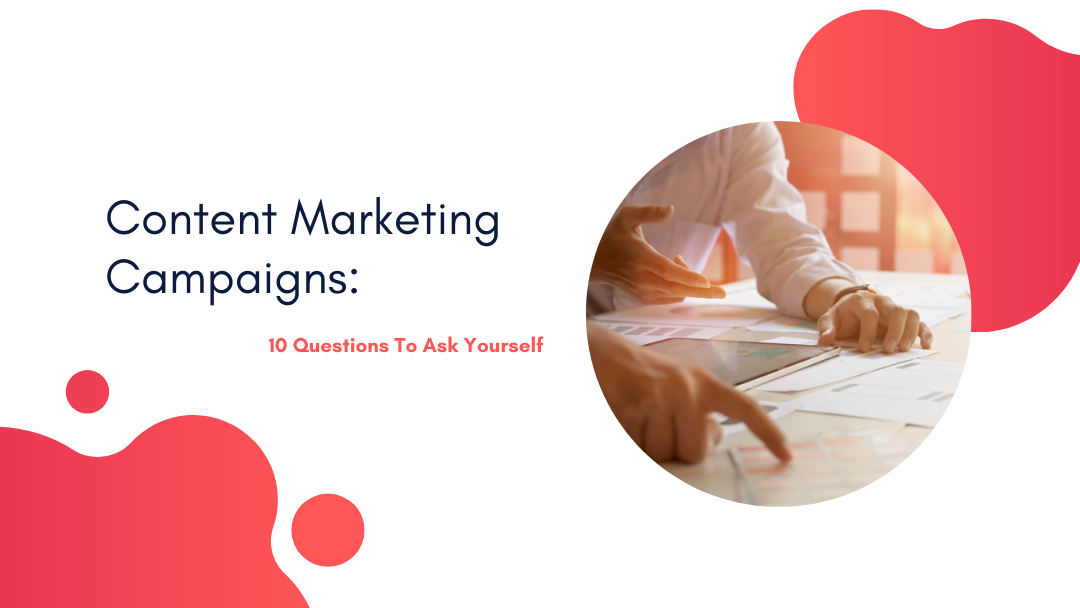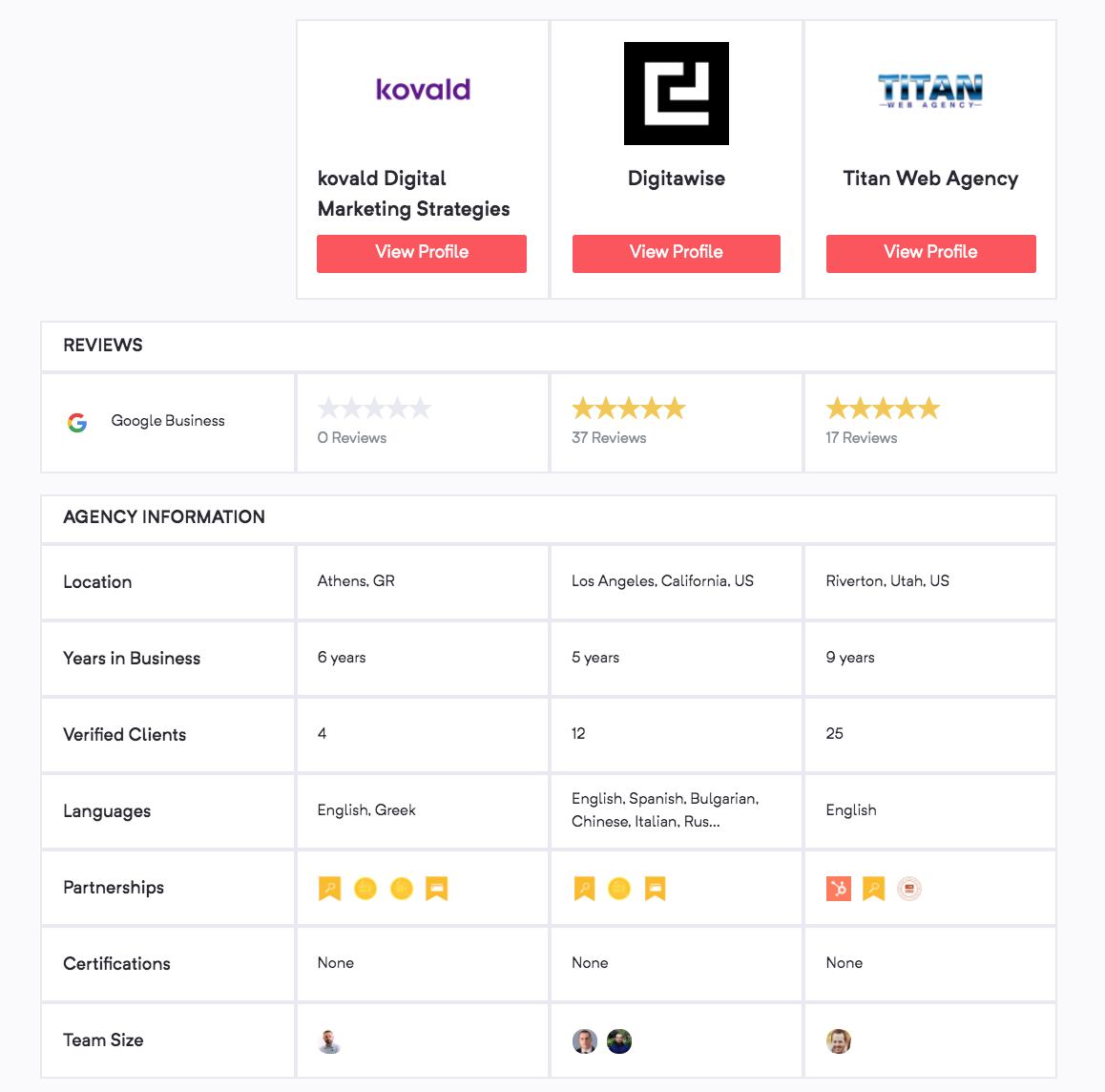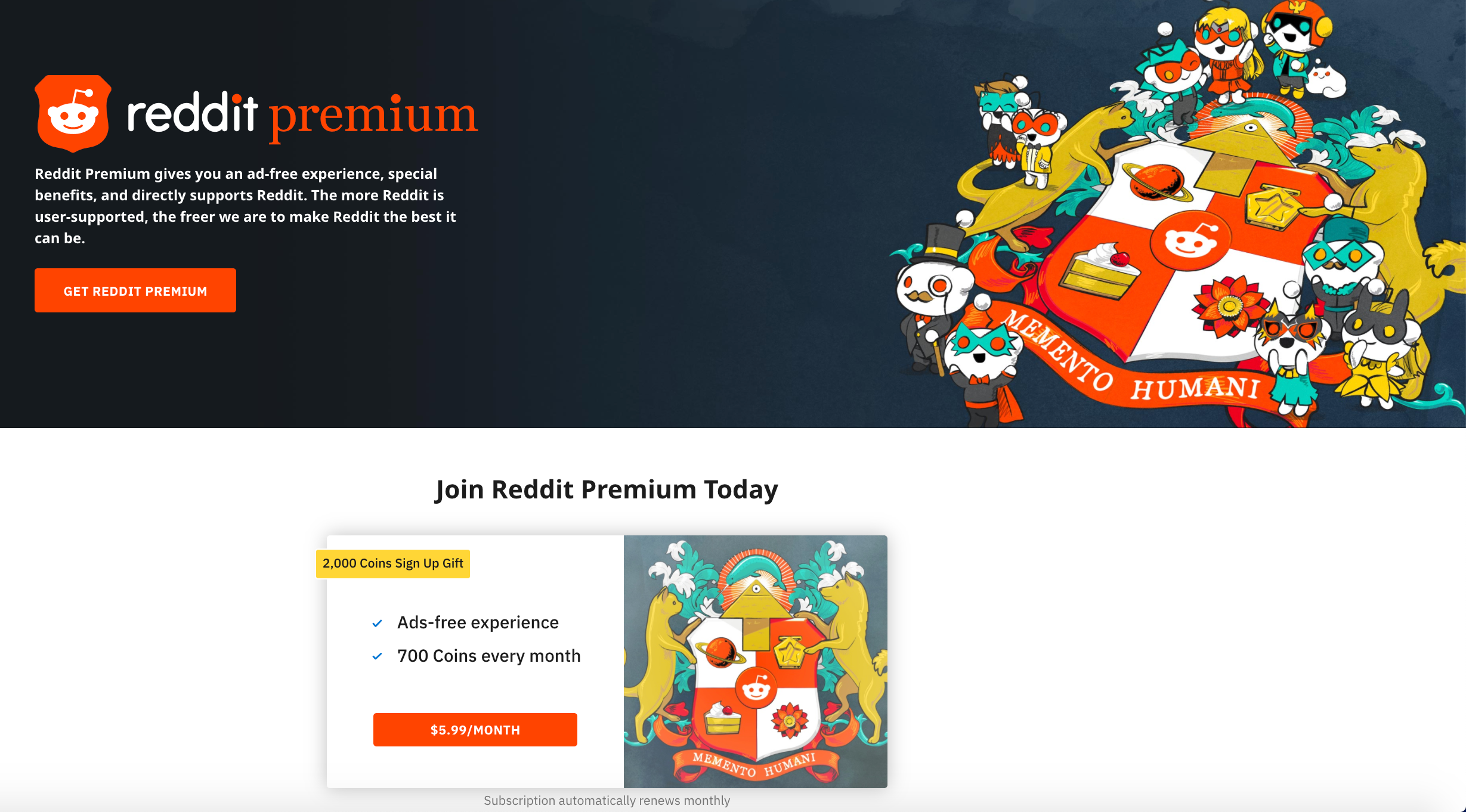Content marketing campaigns are vastly discussed by marketers, and only a few people know how to implement it in practice. Some consider it a magical button that opens access to endless streams of leads and grateful customers. Others perceive it as an overrated trend or even a complete waste of time. But still, everyone agrees that SEO is no longer enough to capture and effectively maintain a market share. You should not just wait for customers to come to the website but also meet them halfway.
Have you ever wondered why some content marketing campaigns are more successful while other programs fail? A marketing campaign depends on many factors. Of course, no one is immune from mistakes and losses. However, if you follow the basic principles and rely on existing experience, you can achieve success and minimize the risk of failure of your content marketing campaigns. Most mistakes in this field are avoidable.
Whether you are a newbie in content marketing or want to diagnose and cure your content marketing issues, Agency Vista has collected ten major questions you should answer. If your answers are good enough, there are more chances that your content marketing campaigns will be successful and effective.
10 Questions That Should Guide Your Content Marketing Campaigns
1. Is there a clearly defined goal for your content marketing campaigns?
Each content marketing program must have its own specific goal and solve a particular business problem. Without a clear purpose, you can get empty information, spend extra resources and time. The team lacks focus, and marketers can get lost in the creation and distribution of content.
Today many organizations still do not have a marketing strategy that explains the main challenges and ways to implement marketing activities. That is a huge problem that may prevent your brand’s marketing success. Some goals may be short-term, such as advertising to increase seasonal sales or be aimed at a narrow market segment to increase profits. Depending on the positioning of the business in the market, companies plan their marketing goals and develop content marketing campaigns for them.
When we talk about marketing, we focus on a precise segmentation of the consumer audience. In other words, the definition of who the potential customers of our product are and what needs they have. The fundamental principles for creating content should remain the reliability and usefulness of information for the audience. Question # 2 is precisely about a portrait of the target client.
2. Do you have a portrait of your target audience?
Once the goals are clearly defined, marketers must determine which audience they will target. The portrait of the target customer is the basis of a successful marketing strategy. Many entrepreneurs mistakenly believe that their product is attractive to everyone without exception. However, this is not true, and therefore it is essential to narrow the circle of people and direct targeted actions specifically to the target audience of your product or service.
You cannot define an audience in general terms, such as “our customers,” “youth in general,” or “decision-makers.” Identifying a specific audience subgroup helps create more focused and in-depth content, contributing to compelling brand-driven storytelling.
As in traditional segmentation, the boundaries of the audience can be determined by geographical, demographic, psychographic, and behavioral characteristics. With the help of research, you also need to identify fears and desires (or pain points and aspirations), determining the needs for a specific type of content. Then marketers must provide content that will help reduce fears and fulfill desires.
3. Do you have specific metrics to measure your success?
Content marketing is a resource-intensive activity. To succeed, you will have to spend a lot of time, effort, and money. Sooner or later, you will decide to evaluate how efficiently you are spending your resources. Moreover, systematic monitoring helps identify inefficient tools, channels, and topics.
Today, you can measure anything you want, but that does not mean you should. Some marketers use more than three dozen metrics to evaluate the effectiveness of their content marketing. We suggest assessing a few major ones so the team members could focus all their efforts on achieving the essential goals.
Note that for different types of content (text, graphics, video, audio) and various channels of its distribution (publications on the website, mailing lists, social networks, publications on third-party sites, so on.), the indicators, evaluation methods, and methods of collecting information will differ slightly.
4. Is there buy-in from the highest levels in the company?
The development of the company’s content marketing strategy can be organized both by the company’s employees and external specialists’ involvement. In both cases, C-Suite should help the marketing department by providing brand perspective on content. Your content marketing programs should demonstrate the integration between what is inside the organization and what you share with your audience.
It is an adequate marketing strategy, carefully developed with the participation of senior management, that determines the brand’s success, both in the short and long term, creates performance benchmarks, an idea of competitive advantages, an action plan to satisfy customers, and achieve high productivity.
5. Do you have the right tools to succeed?
There are already many effective content marketing tools that serve various purposes, from content creation to distribution and measuring the effectiveness of your campaign. Do not try to search for the perfect tool; it does not exist. Evaluate your marketing needs and pick up the right tools for your specific project. The instruments you will choose should solve the problem of low efficiency and achieve good results.
Powerful Content Marketing Campaign Tools to Have:
Agency Vista is the largest marketing agency network that also allows you to schedule posts on social media pages and manage the schedule of deferred posts.

Publicfast is a service built to help brands create campaigns with “opinion leaders” on social networks.
Reddit is a news site where users post links to any information they like found on the Internet. It has a voting system for the comments you like, among which the most popular ones get to the main page.
With Ahrefs, you do not need to be an SEO guru. The tool is used to check the competitors’ backlinks and keywords and scan your web resource for SEO issues.
Google Trends shows you data and related visual images to determine whether an idea or keyword is appropriate for your campaign.
6. Do you have a reliable team?
You understand why you need content marketing. You know how the content works at each stage of the sales funnel. You even have a strategy ready. Now your primary weapon is people. It depends on them whether you will achieve your goals. When creating a team, start from your own needs and capabilities.
A content marketing team usually includes these main roles:
I. Content Strategist
This is the core of your team. The strategist will write the promotion scenario, go through the existing content, conduct a large-scale audit, analyze past successes and failures, and sort everything out. Moreover, this specialist will develop a strategy with a detailed action plan to help you achieve the necessary goals.
II. Content Writer
Content writers will bring your craziest ideas to life and create strong content – exciting and valuable. They know how to write in the language of your audience and convey the values of the company. A good author (an editor) feels the nuances of language, knows how to work with rhythm, and chooses precise and robust wording that hits the target and affects the audience.
III. Designer
What type of content will attract your audience’s attention first? That is correct – visual. Without visual content specialists – designers – it is not worth talking professionally about high-quality content marketing. You can call them anything you want: UX/UI designer, web developer, graphic designer, creative director, visual content author, art director, so on. These professionals consume visual content, create it, and think about it daily.
IV. Analyst
What is the primary goal of companies investing in content creation? This is often an increase in traffic to the site, an increase in the number of requests, an increase in brand awareness and audience engagement. A content marketing analyst measures these metrics to ensure the content marketing campaigns are run effectively.
7. Do you own your target audience?
The most valuable asset of any business is the customer base. Having loyal customers is both a way to earn money and an effective advertising tool. If a person who comes to your office, website, or social network does not buy immediately — the money spent on advertising goes down the drain. Of course, if you did not take the contact info.
When potential buyers subscribe to your newsletter, you will receive the contact of your potential buyer. Then, you start contacting potential customers, inform them about events, promotions, and make an offer.
Keeping track of your clients’ email addresses is a powerful mechanism for managing your sales. Being in touch with your audience and re-selling is much cheaper, easier, and more enjoyable than finding and attracting new customers.
8. Is your company ready to be patient and committed?
Implementing a content marketing program is a long-term process that will eventually bring the brand fame, popularity, and trusting relationships with customers. There is no way to achieve this quickly. Often, website owners expect a massive inflow of visitors after publishing 2-3 articles, but, of course, this does not happen. As a result, they completely abandon content marketing without knowing what effect it can bring to the business.
This promotion tool requires patience and consistent work on establishing communication with users. Content marketing has been paying off for a very long time, and this effect multiplies as you build your content library. You may see the fruits of your labors in a few months, and it may take a year or more for a good promotion. In general, the longer you do content marketing — the better the result.
9. Is your content optimized?
Content is not just helpful information for users. It has a second (no less important) function — to help the target audience find what they are interested in. This can be achieved by optimizing the texts for queries.
Ignoring SEO is a mistake because valuable content will not find either search engine robots or potential customers. As a result, content marketing will not produce the expected results.
What are the main characteristics of optimized content?
- It contains queries that are entered into search engines by your potential buyers.
- It provides a complete answer to the target customer’s question.
- It is appropriately written for the search engines to “perceive” it well and see that it fully corresponds to the site’s topic.
- It demonstrates to readers the quality of products and services and the benefits of becoming a company customer.
- It contains a high-quality call to action that encourages the site user to purchase a product or order a service.
10. Do you focus on quality or speed?
Content is about quality. Even if you publish a new post every day or respond quickly to events, but it does not say anything new, you will not attract the reader’s attention. High-quality content has several characteristics: uniqueness, usefulness, practicality, informativeness, and relevance.
No doubt, the creation of good content takes much time and resources. However, as experience and statistics show, the quality, not the quantity, determines the main traffic in the long run. Understanding your client and the desire to deliver the necessary and unique information is the main rule of Internet marketing leaders. Therefore, high-quality content can safely be called the best investment of 2021 to promote your brand.
Conclusion
How did you do on this questionnaire? Hopefully, your content marketing efforts are in good health. Unfortunately, marketing campaigns fail because organizations take a fundamentally wrong marketing approach. A low level of marketing literacy results in “junk” content on corporate websites and blogs. The questions listed above help to identify the most common problems and cure the content marketing issues. A creative out-of-the-box campaign will bring the expected results then!




